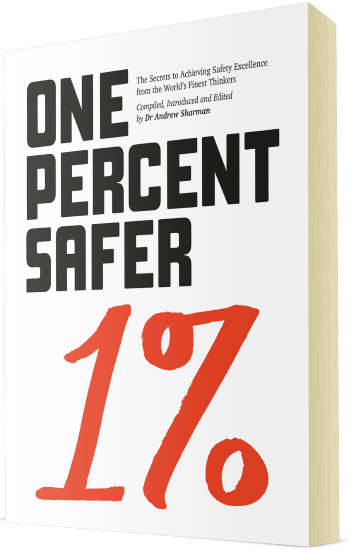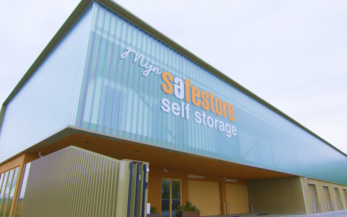6 minutes02/17/2023
Prof. Dr. Andrew Sharman
Most leaders simply tell workers what to do. Some tell them how to do stuff. Very few leaders take the time to explain why something is important.
Over the last 25 years of working in safety, I can’t help but wonder how many leaders really understand why safety is important—to their organizations, to their people, to themselves. Sure, I hear many asserting “Safety first” or offering that “Safety is our top priority!”, though rarely do I see this being truly lived in practice.
Are leaders focusing on the wrong thing when they communicate? As management guru Stephen Covey said: "Seek first to understand, then to be understood".







